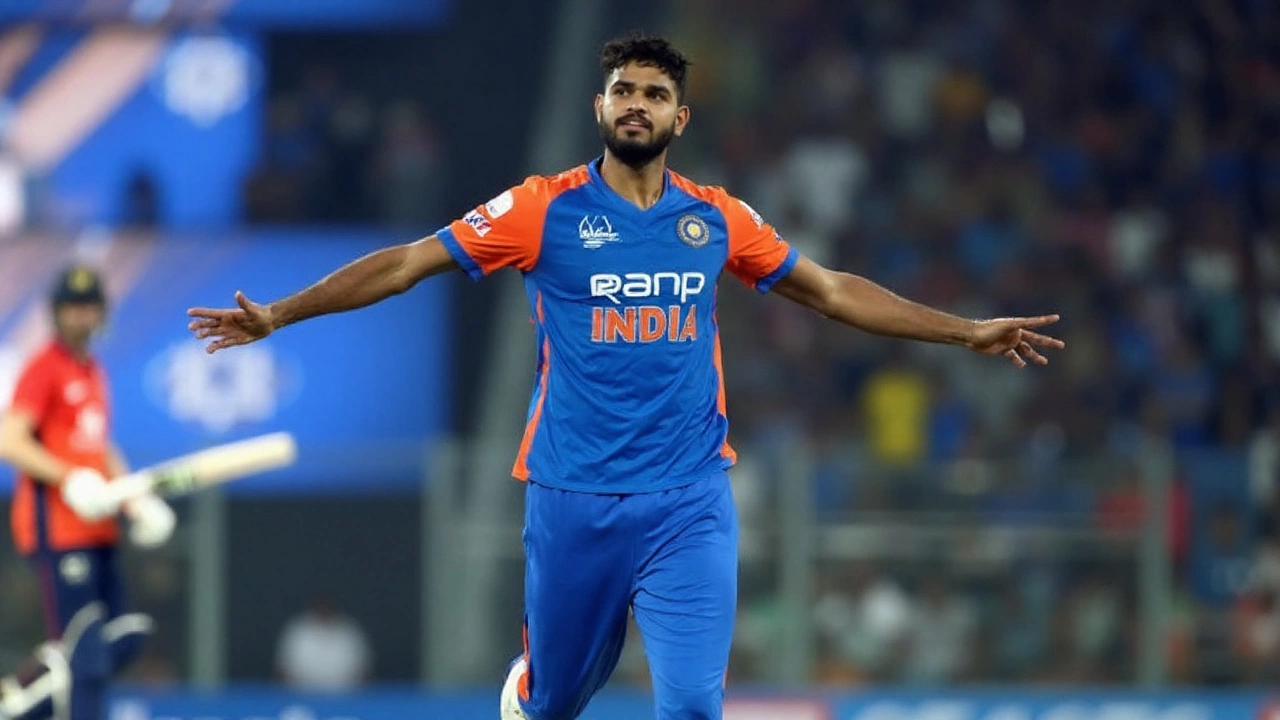T20I wickets: What they are and why they matter
If you’ve ever watched a T20 International (T20I) match, you know a wicket can change the game in seconds. But what exactly counts as a wicket, and how does it affect the team’s strategy? In simple terms, a wicket is any dismissal of a batter—caught, bowled, LBW, run‑out, or stumped. Each one chips away at the batting side’s score and can shift momentum dramatically.
For bowlers, the primary goal in T20Is is to keep the run rate low while picking up wickets. Unlike Test cricket, where you can afford to bowl long spells, a T20 bowler has only four overs. That means every ball matters, and a single wicket can tilt the odds in your favor.
Top T20I wicket‑taking records
Fans love stats, and T20I wickets have produced some eye‑catching numbers. As of 2024, the all‑time leader is Shakib Al Hasan with over 140 wickets, followed closely by Rashid Khan and Tim Southee. The best bowling figures in a single match belong to Deepak Chahar (6/7) against Bangladesh—a performance that broke the previous record of 6/19.
When you look at average and economy, the picture changes. Bowlers like Bhuvneshwar Kumar combine a low economy rate with a decent wicket tally, making them valuable in the death overs. You’ll also notice that many top wicket‑takers excel at varying lengths—some rely on yorkers, others on slower balls or variations in pace.
Practical tips to boost your wicket count
Want to improve your own wicket‑taking ability? Here are three simple actions you can try in practice and matches:
1. Master the yorker. In the final overs, batsmen look for boundaries. A well‑executed yorker lands right at the toes and forces a mistake, often resulting in a bowled or LBW dismissal.
2. Mix up your pace. A surprise slower ball or a quick bouncer can catch the batter off guard. The key is to disguise the change so the batter can’t read the speed early.
3. Set up a plan for each batter. Study the opponent’s weak spots—whether they struggle with short deliveries or have a tendency to play across the line. Tailoring your line and length increases the chance of a catch or a mis‑hit.
Remember, wicket‑taking isn’t just about raw skill; it’s also about reading the game. Keep an eye on the field settings, the scoreboard, and the batter’s mindset. If a team needs 20 runs off the last two overs, they’ll take more risks, giving you more chances for a wicket.
Finally, celebrate each dismissal, but stay focused. In T20 cricket, a bowler can go from zero wickets to a match‑turner in a few deliveries. Keep your energy up, stick to your plan, and enjoy the fast‑paced thrill that T20I wickets bring to the game.
